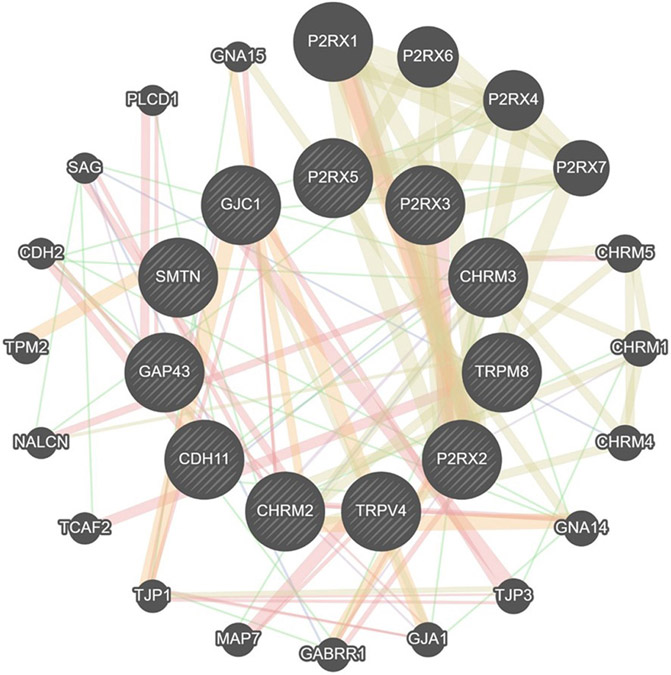FIGURE 2. GeneMANIA interaction analysis for upregulated genes in OAB.
The most significant genes (P2RX2, SMTN, P2RX3, P2RX5, GAP43, TRPM8, CDH11, GJC1, TRPV4, CHRM2, CHRM3) are depicted in dash lines. The color of the line connecting the genes indicates the type of communication (purple, co-expression; red, physical interactions; Blue, co-localization; yellow, shared protein domains; orange, predicted communication; green, genetic interactions).
CDH2, cadherin 2; CDH11, cadherin 11; CHRM1, cholinergic receptor muscarinic 1; CHRM2, chinergic receptor muscarinic 2; CHRM3, cholinergic receptor muscarinic 3; CHRM4, cholinergic receptor muscarinic 4; CHRM5, cholinergic receptor muscarinic 5; GABRR1, gamma-aminobutyric acid receptor subunit rho-1; GAP43, growth-associated protein 43; GJA1, gap junction protein alpha 1; GJC1, gap junction protein gamma 1; GNA14, guanine nucleotide-binding protein subunit alpha-14; GNA15, guanine nucleotide-binding protein subunit alpha-15; NACLN, sodium leak channel, nonselective; MAP7, microtubule associated protein 7; P2RX, purinergic receptor P2X; PLCD1, phospholipase C delta 1; SAG, S-antigen visual arrestin; SMTN, smoothelin; TCAF2, TRPM8 channel associated factor 2; TJP1, tight junction protein 1; TJP3, tight junction protein 3; TPM2, tropomyosin 2; TRPM8, transient receptor potential cation channel subfamily M member 8; TRPV4, transient receptor potential cation channel subfamily V member 4.

